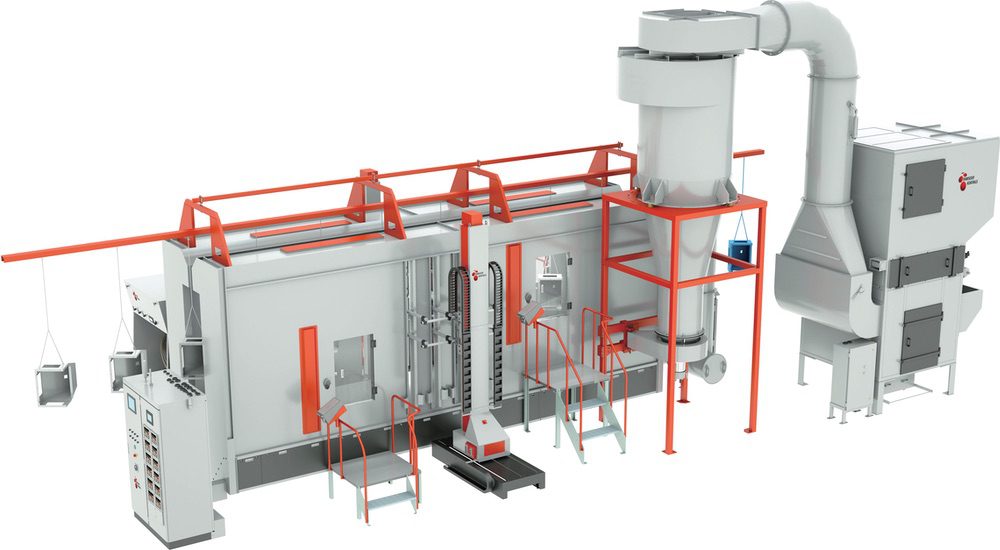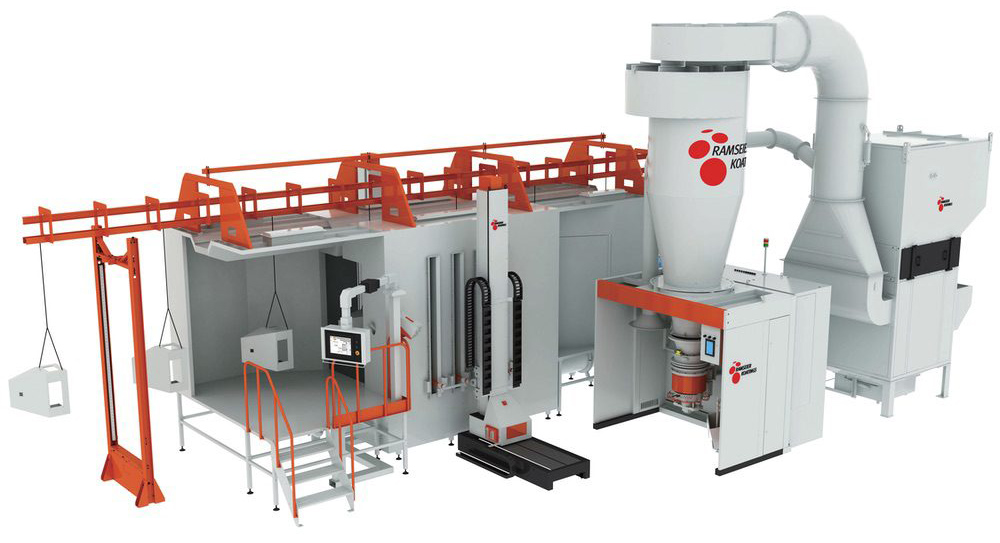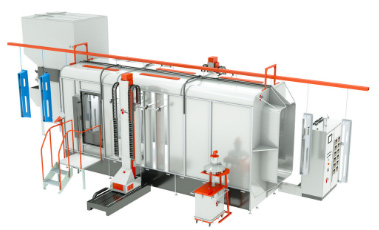
+852 2363 2511
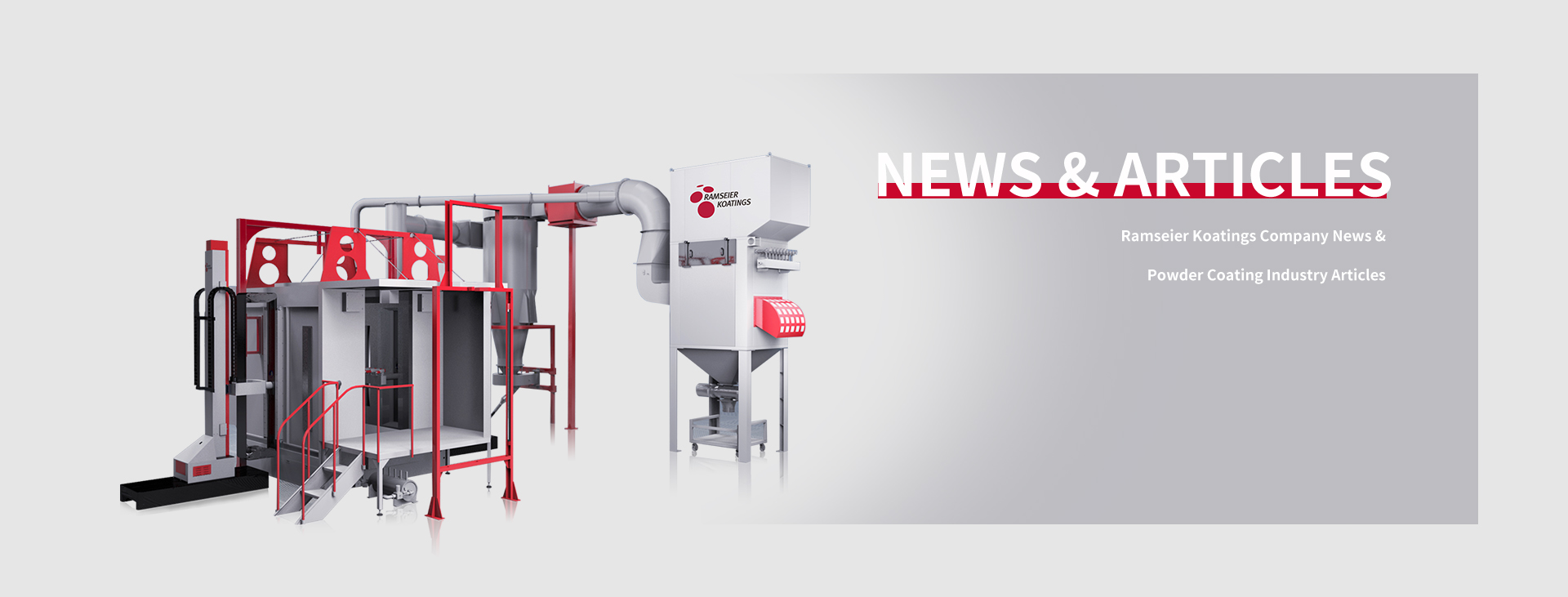







Ever wondered what gives materials that sleek, visually appealing, and super durable finish? It's all thanks to powder coating, a top-notch treatment process that's making waves in the industrial and home scene. But if you are only discovering powder coating there is a limbo, What Materials Can Be Powder Coated? the common myth is that powder coating is a confine for metals. False, there are ton of material that could use powder coating. But before we head to that lets check on.
First thing’s first; let us look at the requirements before we get into the world of coated brilliance. The most important thing here is how well a material can handle high temperatures. Think of a mixture that includes pigments, polymer resins, leveling agents and flow modifiers cooling into fine powders. This powder serves as a medium through which materials are brought to life by an electrostatic spray deposition. Nevertheless beware! The process may go extremely hot asking for heat-resistant materials as they tend not to become liquid from the hotness.
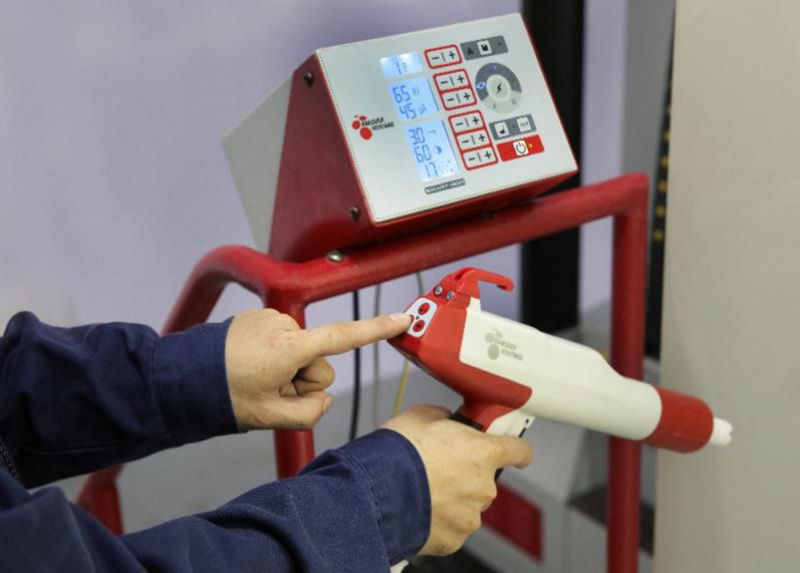
How about we now look at powder-coat-friendly materials?
Do you have aluminum? You are in luck! Powder coating really loves it. Aluminum subtly softens at 650°F and then allows the curing oven process to strengthen its strength, protect against rusting as well as provide room for customization. However, there is one crucial step in preparing an aluminum surface: no more aluminum oxide for perfect coat.
When it comes to powder coating, brass and copper are not left behind. They require a little bit of attention in terms of pretreatment and cleaning but once they are ready; they shine under the spotlight of powder coating process.
It is therefore not surprising that Polyester powder dyes adhere effortlessly to stainless steel, which is considered the strongest of all metals. For example, kitchen appliances and car parts are made of sleek stainless steel and can withstand curing oven heat without any problem. In order to give it a stainless makeover, a smooth and greaseless surface is needed.
Even glassware should not be omitted from the powder coating trend. How about some shiny resinous powder coated vases, plates and bowls? And it’s not only for show; glass has a high temperature resistance that makes it perfect for curing.
Can wood and fiberboard be used in powder coating? Definitely! It’s not your ordinary paint job; it’s a life-extending miracle for your kitchen. Cutting boards with a powder coating? Trust us; it's a game-changer.
Carbon fibers or other composites as high-end materials go through the process of powder coating without fear. The unique properties of carbon fiber may pose certain challenges, but this doesn’t scare off the protective coat.
Now let’s talk about longevity. Durability in respect to powder coatings is an orchestra performed by factors such as environment, intent and materials used in its formulation. Spoiler alert: typically outlasting traditional paint which holds up only for about ten years at best, it can last more than 30 years on the surface before requiring reapplication after being applied once.
Basically, powder coating turns out to be the finishing touch mana of your traditional paint job due to its efficiency in labor and turn-around time. Bonus points: it's eco-friendly! Its curing process abstains from releasing harmful chemicals into the atmosphere, which makes it not just a sustainable choice for your materials but also a sustainable choice for the planet.
